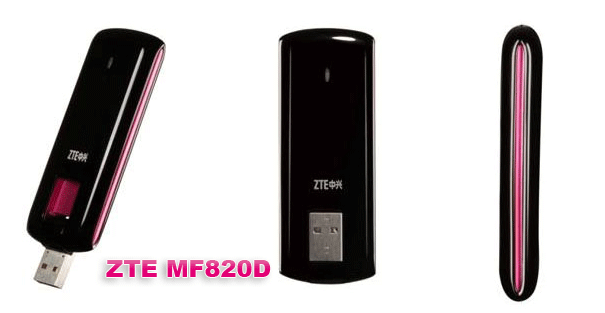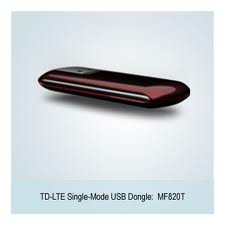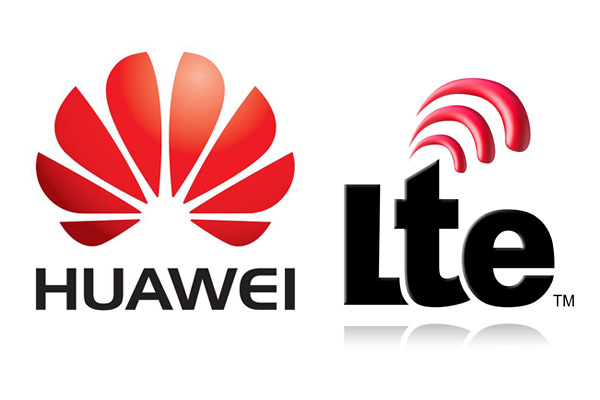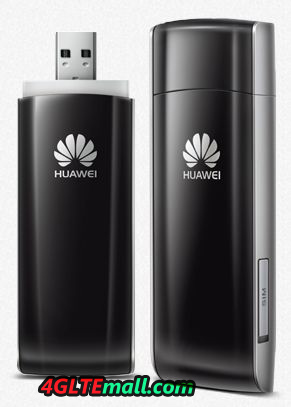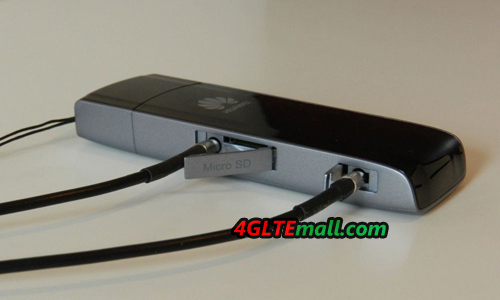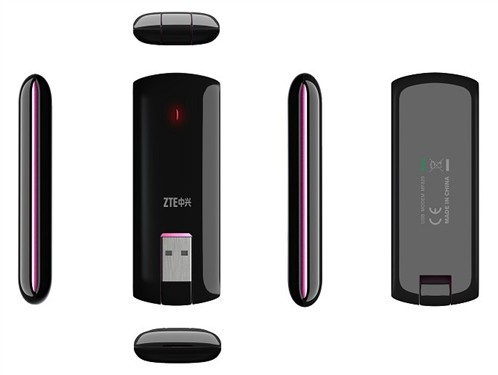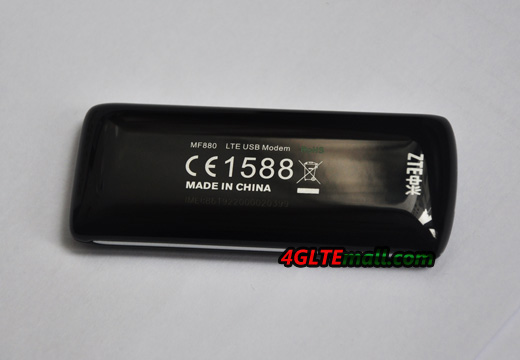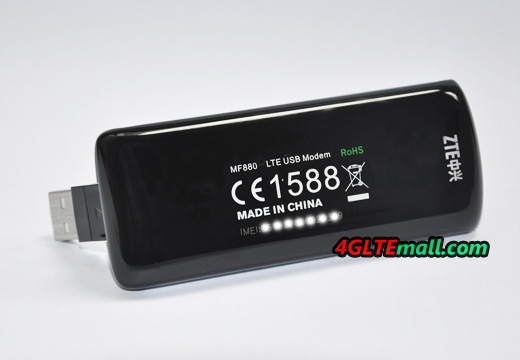Most of ZTE 4G modems looks the same, and the first generation of ZTE 4G Dongles are all using same appearance design, so it becomes much harder to identify them. No wonder what the difference between them is. We open the blog especially for clear out the similar 4G devices and let users know more about the details of the LTE modems they had used.
ZTE MF820T and ZTE MF820D are two similar 4G LTE sticks for first generation ZTE 4G USB modems. Most of the modems, appearance similar or not, their difference are mainly on the core part, that is the platform chipset, which decides what LTE frequency bands that could support and where they can be used.
ZTE MF820T is based on Qualcomm MDM9600 chipset, it could work TD-LTE bands 38 and band 40 (2300/2600MHz). ZTE MF820D is based on Qualcomm MDM9200 chipset, it would support FDD LTE band 3, 7 and 20 (800/1800/2600MHz). Unlike ZTE MF880, they can only work on single TD-LTE network or FDD network, MF880 would support LTE dual-mode (TDD&FDD).
As the typical features of ZTE first generation 4G USB stick, there is no external antenna connector in the dongle, so the LTE MIMO transmission can’t make true. But there is built-in antenna which is still reliable to connect network in high speed.
What’s more, there is no MicroSD card slot available in MF820T and MF820D. We suppose they are not for single user, it’s more like designed for large data in project test or other research terms. However, the 4G aircard may be more reliable when there is no SD card sharing function. According to the experience in 3G modems, SD card usually causes the application of wireless dongle in trouble.
And we can see the big body of the 4G modem ZTE MF820D and MF820T is not user-friendly. It’s almost twice bigger than ZTE 3G modems. We hope there will be some smarter or slimmer models available in near future, and this will not only need the improvement in the design for inner part, but also the function more powerful.
